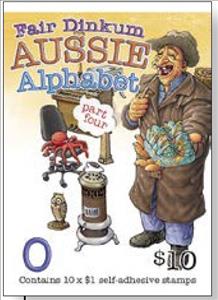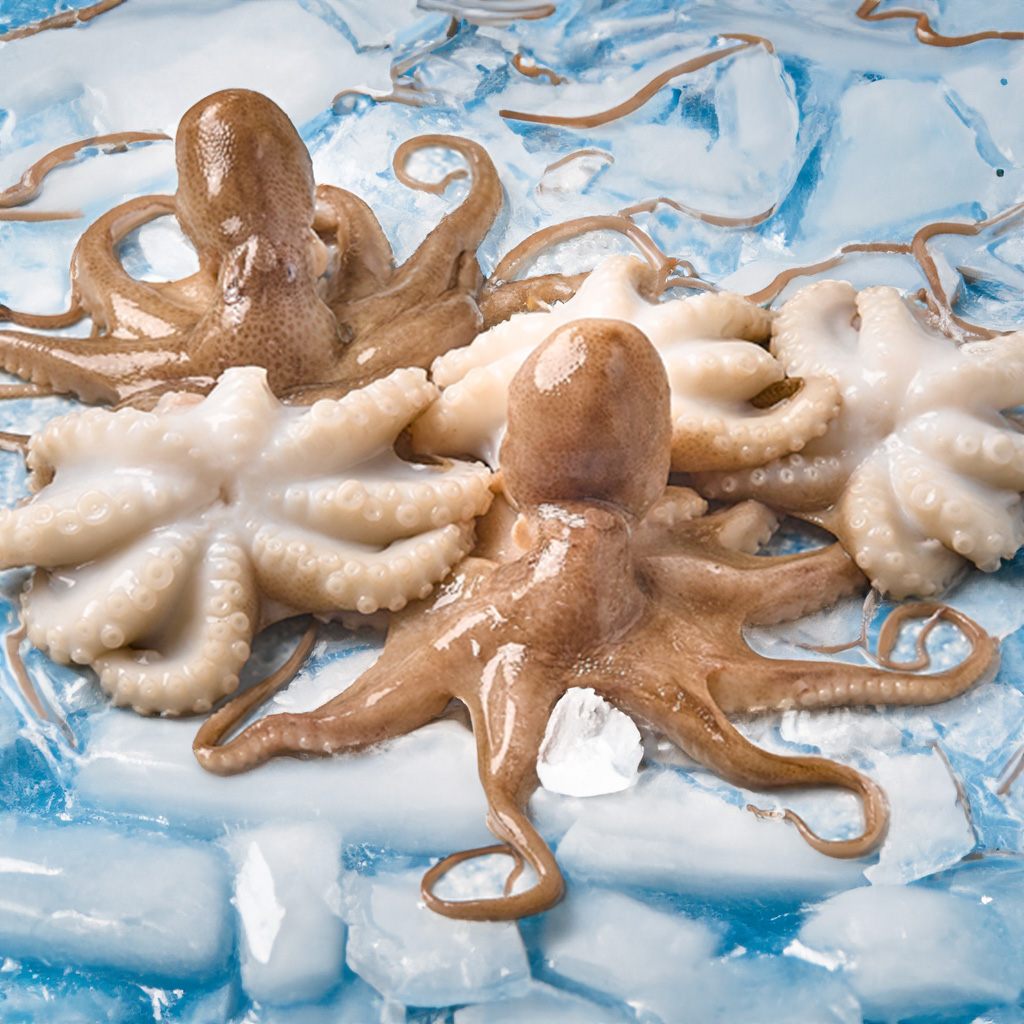Booklet: O is For... (Australia 2018)
O is For... (Australia 2018)
18 September (Australia ) within release Fair Dinkum Aussie Alphabet Part 4 goes into circulation Booklet O is For... face value 10*1 Australian dollar
| Booklet O is For... in catalogues | |
|---|---|
| Stanley Gibbons: | Sg: AU SB627 |
Booklet is square format.
Contains booklet pane SG nr 4968aAlso in the issue Fair Dinkum Aussie Alphabet Part 4:
- Stamp - O is for... face value 1;
- Stamp - Y is for... face value 1;
- Stamp - Z is For... face value 1;
- Stamp - Y is For... face value 1;
- Stamp - X is For... face value 1;
- Stamp - E is For... face value 1;
- Stamp - E is for... face value 1;
- Stamp - O is For... face value 1;
- Stamp - Z is for... face value 1;
- Stamp - X is for... face value 1;
- Booklet - E is For... face value 10*1;
- Booklet - O is For... face value 10*1;
- Booklet - X is For... face value 10*1;
- Booklet - Y is For... face value 10*1;
- Booklet - Z is For... face value 10*1;
Booklet O is For... it reflects the thematic directions:
Animals are multicellular, eukaryotic organisms of the kingdom Animalia (also called Metazoa). All animals are motile, meaning they can move spontaneously and independently, at some point in their lives. Their body plan eventually becomes fixed as they develop, although some undergo a process of metamorphosis later on in their lives. All animals are heterotrophs: they must ingest other organisms or their products for sustenance.
Birds (Aves), a subgroup of Reptiles, are the last living examples of Dinosaurs. They are a group of endothermic vertebrates, characterised by feathers, toothless beaked jaws, the laying of hard-shelled eggs, a high metabolic rate, a four-chambered heart, and a strong yet lightweight skeleton. Birds live worldwide and range in size from the 5 cm (2 in) bee hummingbird to the 2.75 m (9 ft) ostrich. They rank as the class of tetrapods with the most living species, at approximately ten thousand, with more than half of these being passerines, sometimes known as perching birds. Birds are the closest living relatives of crocodilians.
A musical instrument is a device created or adapted to make musical sounds. In principle, any object that produces sound can be considered a musical instrument—it is through purpose that the object becomes a musical instrument. A person who plays a musical instrument is known as an instrumentalist. The history of musical instruments dates to the beginnings of human culture. Early musical instruments may have been used for rituals, such as a horn to signal success on the hunt, or a drum in a religious ceremony. Cultures eventually developed composition and performance of melodies for entertainment. Musical instruments evolved in step with changing applications and technologies.
An octopus The order consists of some 300 species and is grouped within the class Cephalopoda with squids, cuttlefish, and nautiloids. Like other cephalopods, an octopus is bilaterally symmetric with two eyes and a beaked mouth at the centre point of the eight limbs. The soft body can radically alter its shape, enabling octopuses to squeeze through small gaps. They trail their eight appendages behind them as they swim. The siphon is used both for respiration and for locomotion, by expelling a jet of water. Octopuses have a complex nervous system and excellent sight, and are among the most intelligent and behaviourally diverse of all invertebrates.
Owls are birds from the order Strigiformes, which includes over 200 species of mostly solitary and nocturnal birds of prey typified by an upright stance, a large, broad head, binocular vision, binaural hearing, sharp talons, and feathers adapted for silent flight. Exceptions include the diurnal northern hawk-owl and the gregarious burrowing owl.





